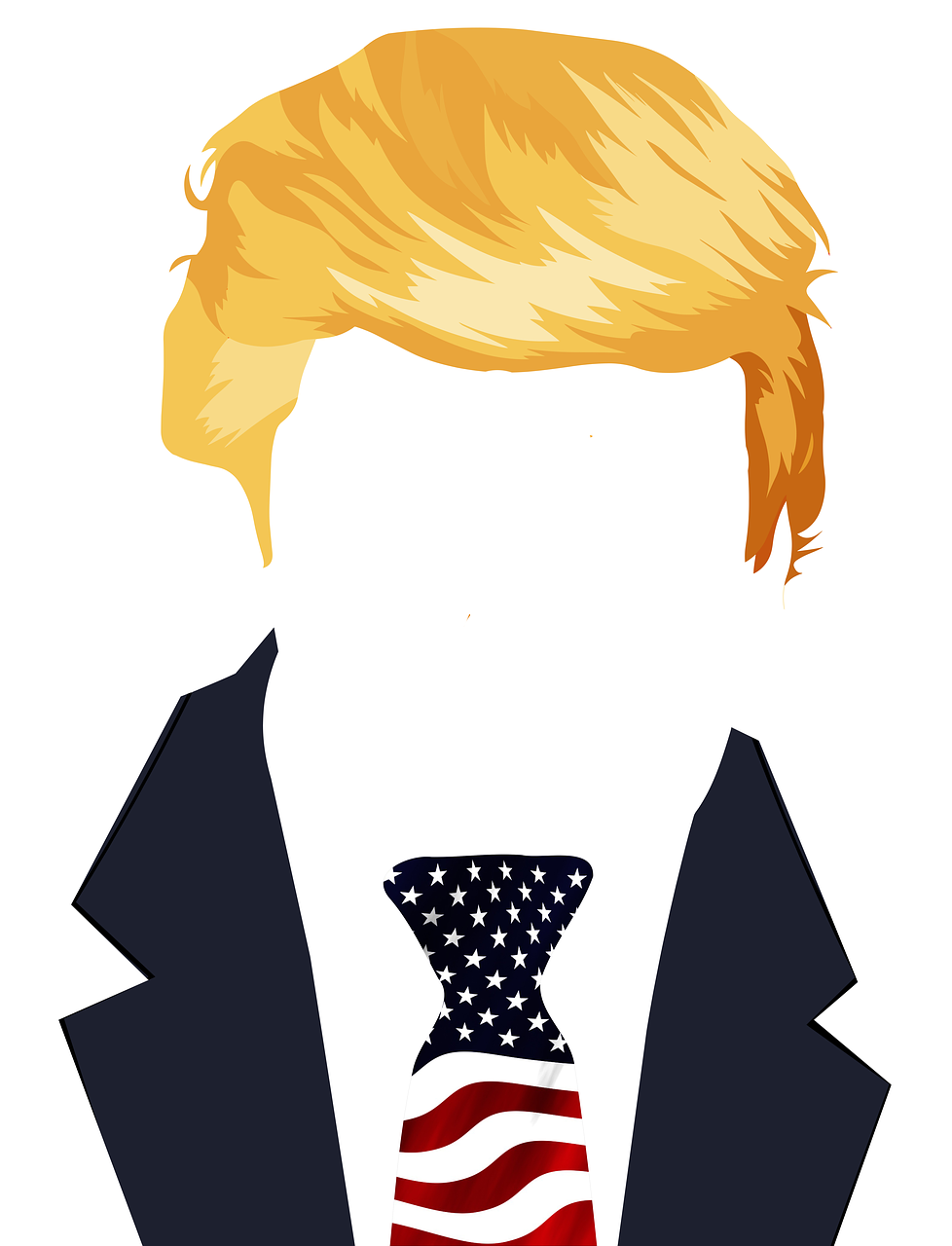Donald Trump and his tariffs are going to start a global trade war and bankrupt America in the process. This year, President Donald Trump declared a national emergency due to large and persistent U.S. trade deficits, invoking the International Emergency Economic Powers Act (IEEPA) to impose tariffs or taxes on outside countries to strengthen the U.S. economy and reduce the deficit. Meaning that foreign countries are sending the U.S. more goods than the U.S. is sending them. Ultimately making America dependent on them.
Background and Implementation
President Trump’s new policy established a 10% tariff on all imports entering the U.S., along with additional reciprocal tariffs on imports from 90 countries, designed to address non-reciprocal trade practices. The tariffs are part of Trump’s economic agenda to restore American manufacturing and protect national security.
Pres. Trump’s decision to implement tariffs is driven by worries about significant trade deficits and what he views as inequitable trade practices employed by other nations. The tariffs are intended to counter these practices by establishing a 10% tariff on all imports, and even higher rates are applied to countries with significant trade imbalances with the U.S.
These measures are enacted under the authority of the IEEPA and the National Emergencies Act.
Understanding the Tariffs and Their Impact
The introduction of these tariffs has brought significant concern from economists as Trump’s decision could trigger a global trade war and potentially lead to economic instability, which will cause an inflation of prices on American consumers.
Goldman Sachs has heightened the likelihood of a recession, and JPMorgan’s CEO Jamie Dimon warned about increased inflation and economic slowdowns due to these tariffs. The impact of these tariffs could lead to the American economy collapsing.
The tariffs not only affect the U.S. economy but also global trade. President Trump has emphasized the need for reciprocity, arguing that the U.S. will no longer tolerate one-sided trade deals. His stance has led to direct negotiations with various world leaders seeking to mitigate the impact of the tariffs.

Foreign Countries Responses
In response to U.S. tariffs, Canada imposed a 25% tariff on select U.S. goods and announced a tariff on vehicles imported from the U.S. that aren’t compliant with the U.S.-Mexico-Canada Agreement. They also imposed a tax on the electric energy they provide to the U.S.
China has been one of the most aggressive in its response, implementing a 34% tariff on all U.S. imports and placing several U.S. companies on an “unreliable entities” list, blocking them from doing business in China.
Other countries including Australia, Japan, Taiwan, and Singapore have imposed a 10% tariff on their imports but they have not retaliated. Vietnam faces one of the highest tariffs and Malaysia is faced with a 24% tariff but they have not retaliated. On the other hand, the European Union plans to retaliate and South Africa is seeking exemptions rather than imposing. Each country is independently reacting to the International Emergency Economic Powers Act (IEEPA). Then you have El Salvador who supports Trump’s tariffs saying it will be beneficial in the long run.
Stimulus and Economic Strategy
Trump claims that the enactment of tariffs on other countries is part of a broader economic strategy aimed at reviving American industry and ensuring national security. He seeks to boost American manufacturing capacity and protect U.S. workers from what it perceives as unfair international competition.
While tariffs aim to reduce U.S. trade deficits and promote American economic interests, their long-term effects could be devastating to American consumers. There is a potential for retaliation from other countries, leading to trade wars, or for negotiations to establish more balanced trade agreements.
Conclusion
In summary, President Trump’s tariffs represent a significant policy shift aimed at addressing trade imbalances and enhancing U.S. economic security. However, they also pose risks of global trade instability and economic repercussions. As the global economy adjusts to these changes, ongoing negotiations and possible adjustments will shape the future of international trade relationships.
The implementation of these tariffs reflects a strategic move by the Trump administration to rebalance global trade dynamics in favor of the U.S. While the immediate financial markets have reacted negatively, the long-term impact will depend on how countries respond and whether negotiations lead to more equitable trade practices for the U.S.











Comments
20 responses to “Donald Trump and his Tariffs are going to bankrupt America”
Good https://is.gd/N1ikS2
Good https://is.gd/N1ikS2
Awesome https://is.gd/N1ikS2
Good https://is.gd/N1ikS2
Awesome https://is.gd/N1ikS2
Awesome https://is.gd/N1ikS2
Very good https://is.gd/N1ikS2
Good https://is.gd/N1ikS2
Very good https://is.gd/N1ikS2
Awesome https://is.gd/N1ikS2
Good https://is.gd/N1ikS2
Awesome https://is.gd/N1ikS2
Good https://is.gd/N1ikS2
Good https://is.gd/N1ikS2
Awesome https://is.gd/N1ikS2
Good https://is.gd/N1ikS2
Awesome https://is.gd/N1ikS2
Very good https://is.gd/N1ikS2
Very good https://is.gd/N1ikS2
Very good https://is.gd/N1ikS2